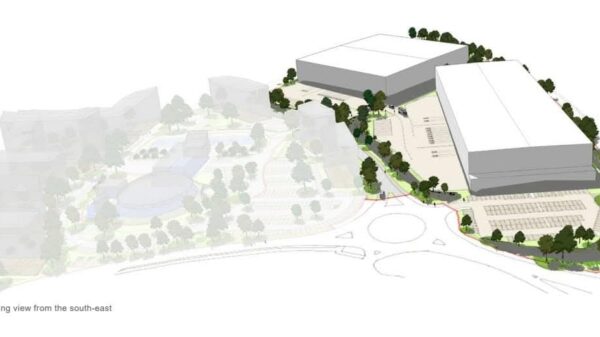The restoration of the Wilts and Berks Canal is an ambitious 70-mile project to recreate a cross-country navigation network. Opened in 1810, along with the North Wilts Canal in 1819, the Wilts & Berks Canal was formally abandoned by Act of Parliament in 1914. It has always been known by the shortened form of the county names to reflect the wording in the original Act of Parliament. After abandonment, ownership of the Canal was returned to adjacent landowners and local authorities, and some sections of the canal were sold. The main line route of the Canal runs from Abingdon on the Thames to Semington on the Kennet & Avon Canal; there were branches at Calne, Chippenham, Longcot and Wantage, and the North Wilts Canal runs from Swindon to Cricklade.
The Wilts and Berks Canal Trust has been making great progress on several fronts, with backing from partner organisations and help from the IWA’s Waterways Recovery Group. For example, in Swindon, new sections of canal are being built by developers as part of Council planning conditions. There is much good work being done in Swindon, so this planning proposal is particularly disappointing and sufficiently serious that IWA has objected to the plans for the redevelopment of the Oasis site. This site is just north of Swindon Station where the North Wilts Canal is planned to be restored to link up to the Thames and Severn Canal route at Cricklade. As the national campaigning body promoting restoration of the waterways network, IWA supports the vital work which the Wilts & Berks Canal Trust, which is an IWA corporate member, is doing.
The plans for the Oasis site ignore the needs for reserved routing for the re-establishment of the Canal through this part of Swindon. Permitting this development as proposed would preclude through restoration for several generations, thereby denying the residents of Swindon of the multiple advantages that a restored Wilts & Berks Canal would bring them. It would also be a serious setback to plans to reconnect Swindon to the rest of the national waterways network.
Objecting to the proposal, IWA has written: “We urge the Planning Committee to reject these applications until modified (in a comparatively minor degree) to permit the eventual rebuilding of the canal through this area. We understand that the developers have been aware of this opportunity for over a decade but seem to have ignored the needs of a restored Wilts and Berks Canal in the detail of their plans. It is therefore for the planning authority to protect this route. The current plans should be rejected until they incorporate an effective future route for a restored canal.”
The proposals include 700 homes, and it is well established that canals can be an excellent feature in new developments giving the community walking and wheeling routes; potential for water sports, being adjacent to a leisure centre, and helping nature recovery by creating a blue-green corridor for wildlife. IWA hopes that the Council will seize this opportunity not just because it will enable Swindon to be well connected by water again but also because of the benefits to local people and their physical and mental health.
This case shows the importance of vigilance by local people and organisations. Waterway supporters are encouraged to report any such threats to restoration to their local IWA Branch, IWA’s Chesham office or the relevant local restoration society.


